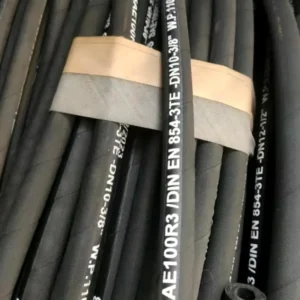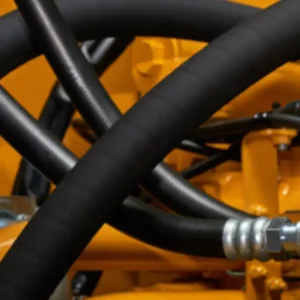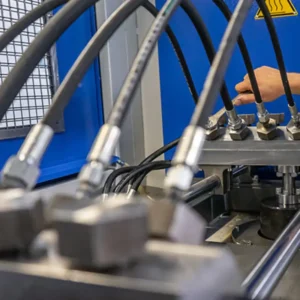As a trusted acetylene hose supplier, we know that understanding these specialized components is key to safe, efficient operations. Whether you’re in welding, manufacturing, or construction, knowing “what is an acetylene hose” and how to choose the right one can save time, reduce risks, and boost productivity. Let’s break down everything you need to know.
What is Acetylene Hose?
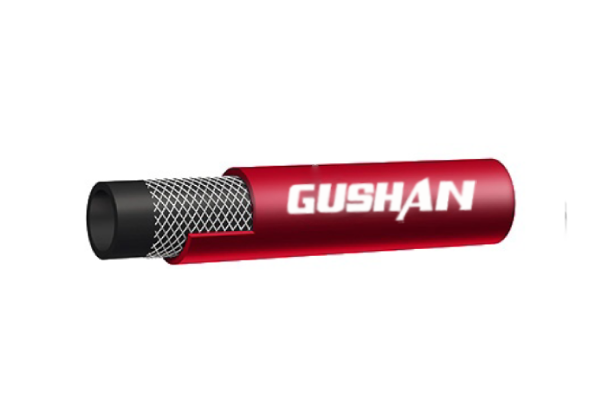
An acetylene hose is a flexible, specially designed conduit used exclusively to transport acetylene gas. It is a critical part of an oxy-acetylene setup, connecting the regulator on your gas cylinder to your welding torch. Unlike hoses used for oxygen or other fuel gases, acetylene hoses are engineered with a specific composition to handle the volatile nature of acetylene.
They are typically constructed with a multi-layered design, featuring an inner tube made of synthetic rubber that resists the corrosive properties of the gas, a reinforcement layer for strength, and a durable outer cover that protects against sparks and heat.
Why Is an Acetylene Hose So Special?
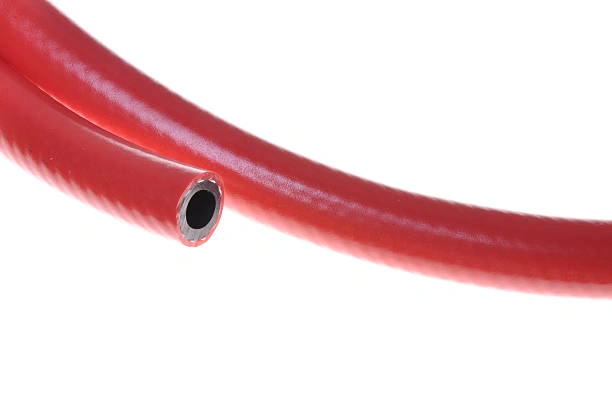
Why can’t you just use any old hose to deliver acetylene? It’s a fundamental question, and the answer lies in the unique and unstable properties of the gas itself. Acetylene is highly reactive and can become dangerously unstable when in contact with certain materials, particularly copper. This is why an acetylene hose must be manufactured to specific, rigorous safety standards.
Specialized Materials: The inner tube of an acetylene hose is made from a specific synthetic rubber compound. This material is carefully chosen because it will not react with acetylene, preventing chemical degradation, corrosion, and the potential for a dangerous explosion. Using a hose not rated for acetylene could lead to a catastrophic failure of the hose’s lining.
Distinct Color Coding: The industry standard for an acetylene hose is the color red. This is a universally recognized safety designation that helps welders prevent a dangerous mix-up. For instance, oxygen hoses are typically green or blue, while propane or other fuel gas hoses may be orange. This simple color code is a non-negotiable visual cue that instantly identifies the hose’s purpose, a crucial step in maintaining a safe work environment.
Integrated Safety Features: Many high-quality acetylene hoses are designed to be used in conjunction with a flashback arrestor. This is an essential safety device that prevents a flame from traveling back up the hose toward the gas cylinder, which could cause a severe explosion. The hose’s robust design and secure fittings are the first line of defense against leaks and failures, and the flashback arrestor is the critical last line.
How Acetylene Hoses Work

Acetylene hoses are part of a larger system, working with oxygen hoses, regulators, and torches to deliver gas at precise pressures. Here’s a quick overview of their role:
- Gas Delivery: They carry acetylene from the cylinder to the torch, where it mixes with oxygen to create a high-temperature flame (up to 3100°C/5600°F).
- Pressure Regulation: Acetylene is stored under pressure in cylinders (dissolved in acetone), so hoses must handle controlled pressure drops—typically 1-15 psi (0.07-1.03 bar) for safe use.
- Safety Integration: Our hoses often pair with flashback arresters and check valves to stop flames from traveling back into the cylinder, a non-negotiable for hazard prevention.
What Color is Acetylene Hose?
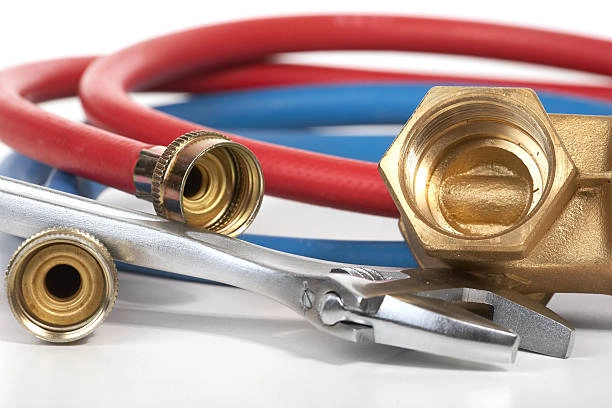
The acetylene hose is red. This color is not just a stylistic choice; it’s a global safety standard established to prevent dangerous mix-ups in welding and cutting applications. In an oxy-acetylene setup, the acetylene hose (red) is used to transport the fuel gas, while the oxygen hose is typically green or blue. This clear color coding is a crucial safety feature, allowing welders to instantly identify which gas is flowing through which line. Always ensure you are using the correct color-coded hose for the specific gas to maintain a safe working environment.
How to Choose the Right Acetylene Hose
Selecting the correct acetylene hose is paramount for your safety and the quality of your work. From my years on the job, I’ve compiled a list of key factors to consider to ensure you make an informed and safe choice.
| Factor | Description | Importance |
| Standard Certifications | Look for hoses that are certified to international or local safety standards, such as ISO 3821. | Extremely High. This is your guarantee of the hose’s safety and quality. |
| Working Pressure | The hose must be rated to handle the maximum working pressure from your regulator. | Extremely High. Over-pressuring a hose can cause it to rupture or fail. |
| Inner Diameter (ID) | The hose’s inner diameter affects the gas flow rate. Choose a size that matches your torch and regulator specifications. | High. An incorrect size can impact welding performance and efficiency. |
| Hose Length | Select a length that allows you to move freely in your workspace without being so long that it becomes a tripping hazard. | Medium. The right length improves both work efficiency and safety. |
| Abrasion-Resistant Cover | Check that the outer layer is durable enough to resist sparks, heat, and everyday wear and tear. | High. A robust outer cover extends the life of the hose and protects the inner layers. |
Tips for Acetylene Hose Maintenance and Safety
Even the best equipment requires careful maintenance. I’ve learned that a consistent maintenance routine can significantly extend the life of your acetylene hose and, more importantly, prevent potential disasters.
- Conduct Regular Inspections: Before every use, I perform a thorough check of my hose. I look for any signs of cuts, burns, cracks, swelling, or hardening. I also check the connections at the regulator and the torch for any signs of leaks. You can use a leak-detecting solution to find any small, invisible leaks.
- Avoid Physical Damage: I always try to keep my hoses away from sharp edges, hot surfaces, and oily messes. I never drag heavy items over the hose or let a vehicle drive over it, as this can cause internal damage that’s not always visible.
- Store It Properly: When not in use, I coil the hose neatly and store it in a cool, dry, and well-ventilated area, away from direct sunlight. I also make sure to put a protective covering over it to prevent dust and grime from settling on it.
- Replace It on Schedule: Even if a hose looks to be in perfect condition, the materials will degrade over time. I follow the manufacturer’s recommendations for replacement, usually every five years. It’s a small investment for a massive safety return.
Conclusion
From the essential materials to the critical safety features, an acetylene hose is far more than just a piece of rubber. It is a purpose-built tool that plays a vital role in protecting welders from the inherent dangers of working with highly volatile gases. By understanding what an acetylene hose is and by following proper selection and maintenance guidelines, you can ensure that every weld you make is not only high-quality but also as safe as possible.
Do you have any other questions about the acetylene hoses you use on the job? Share them in the comments below!

